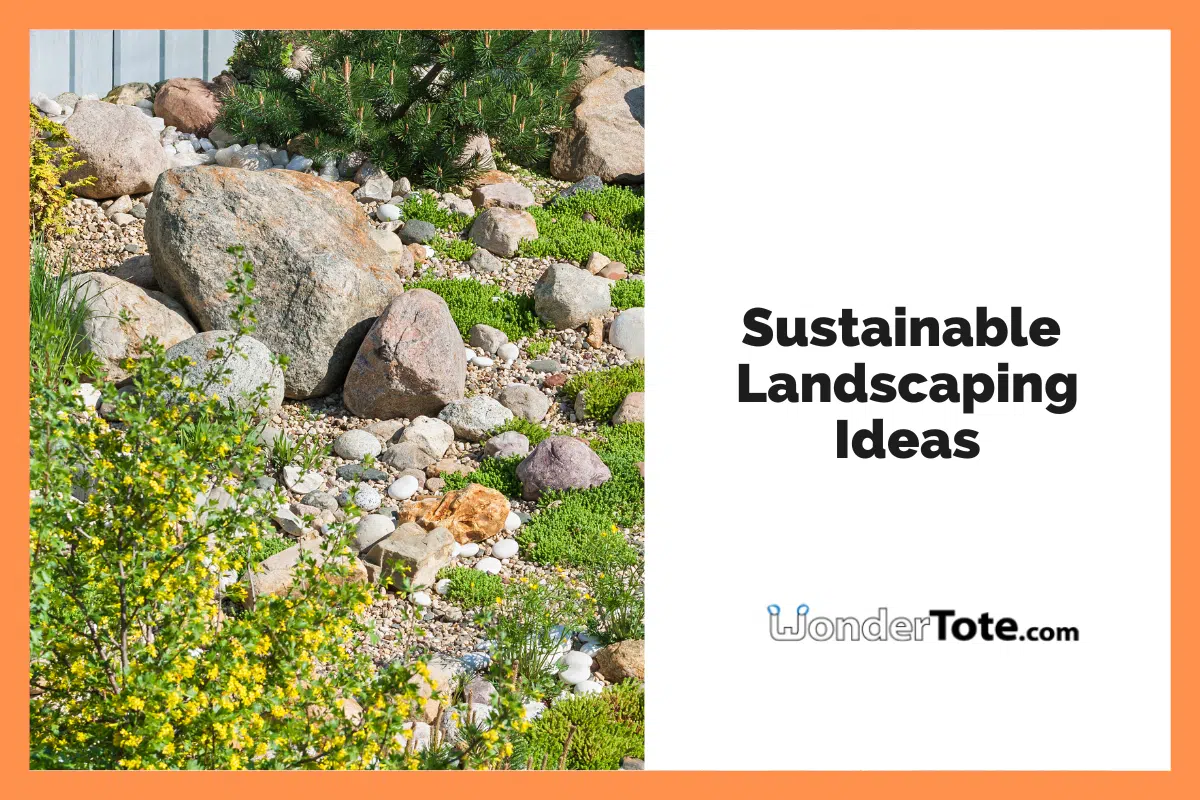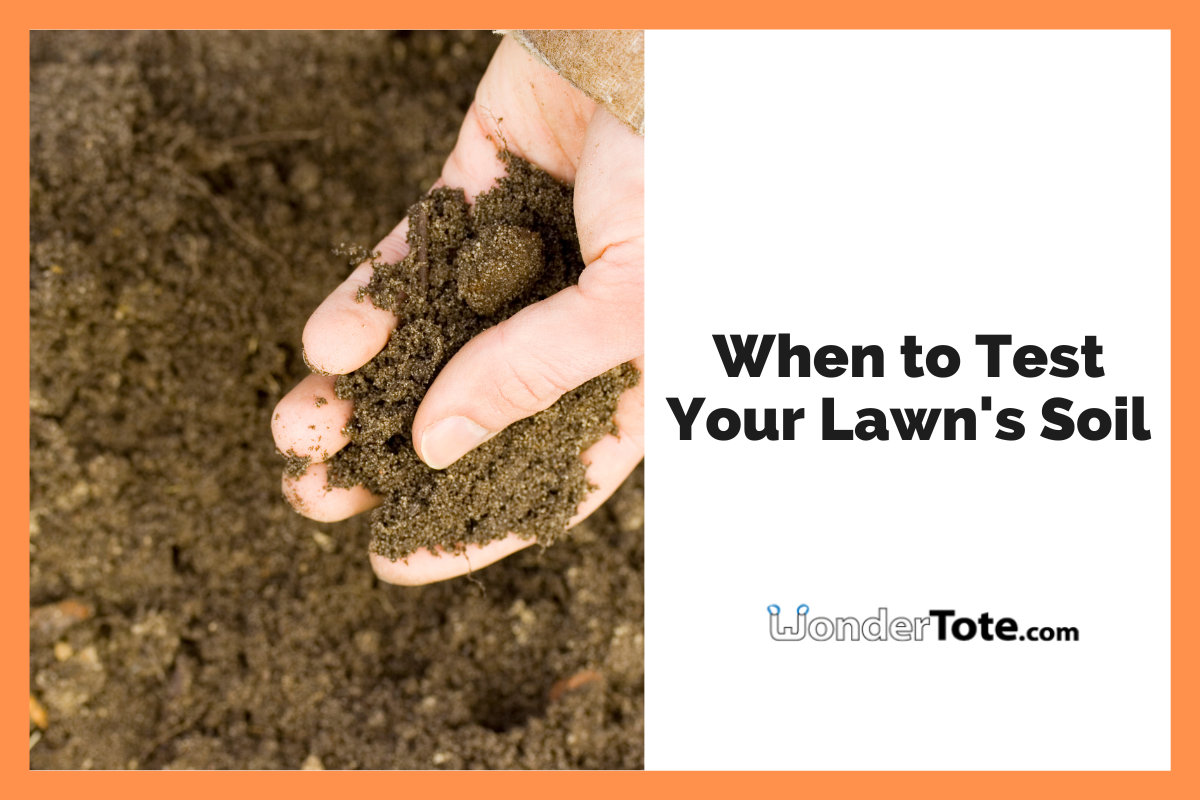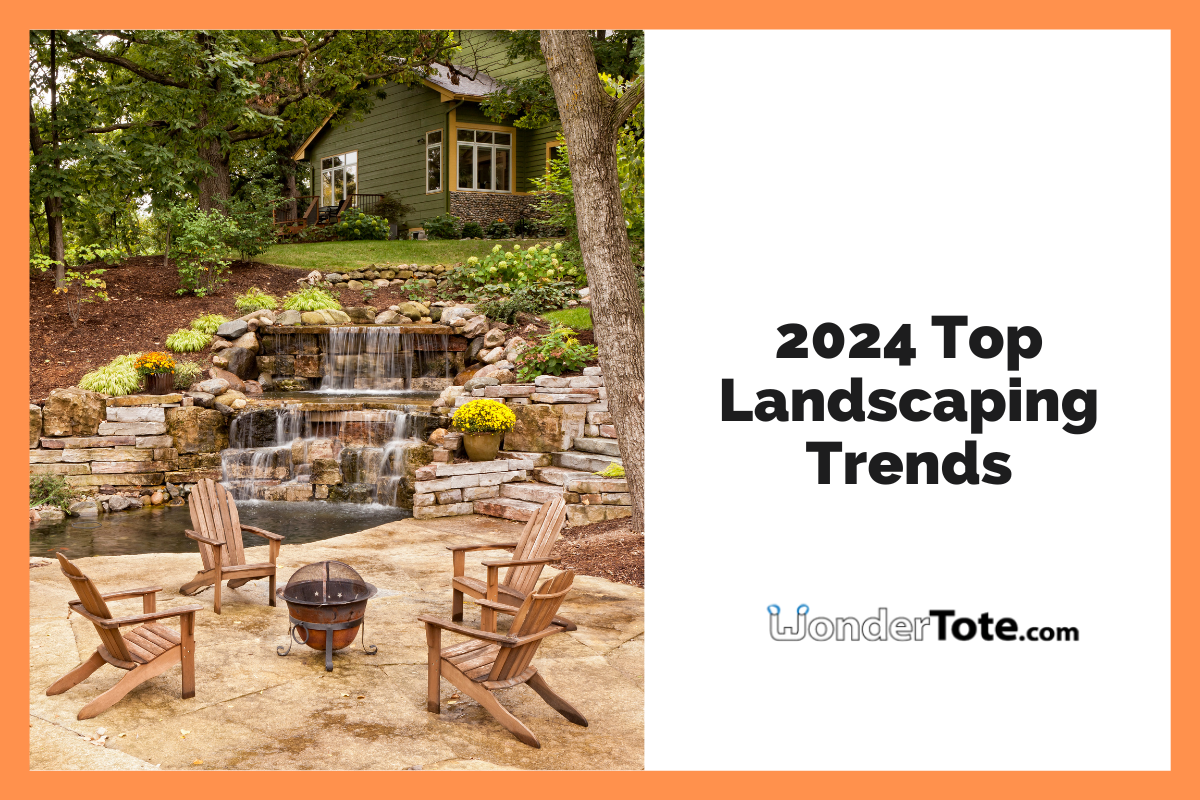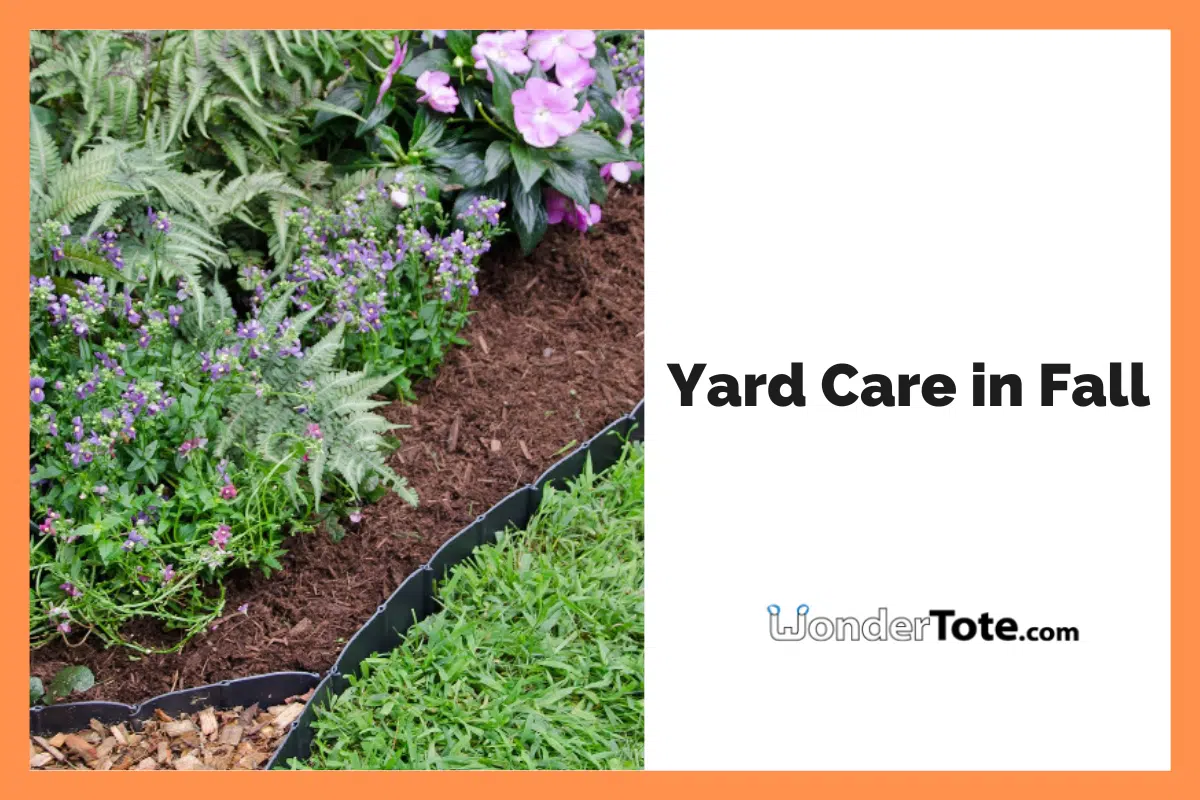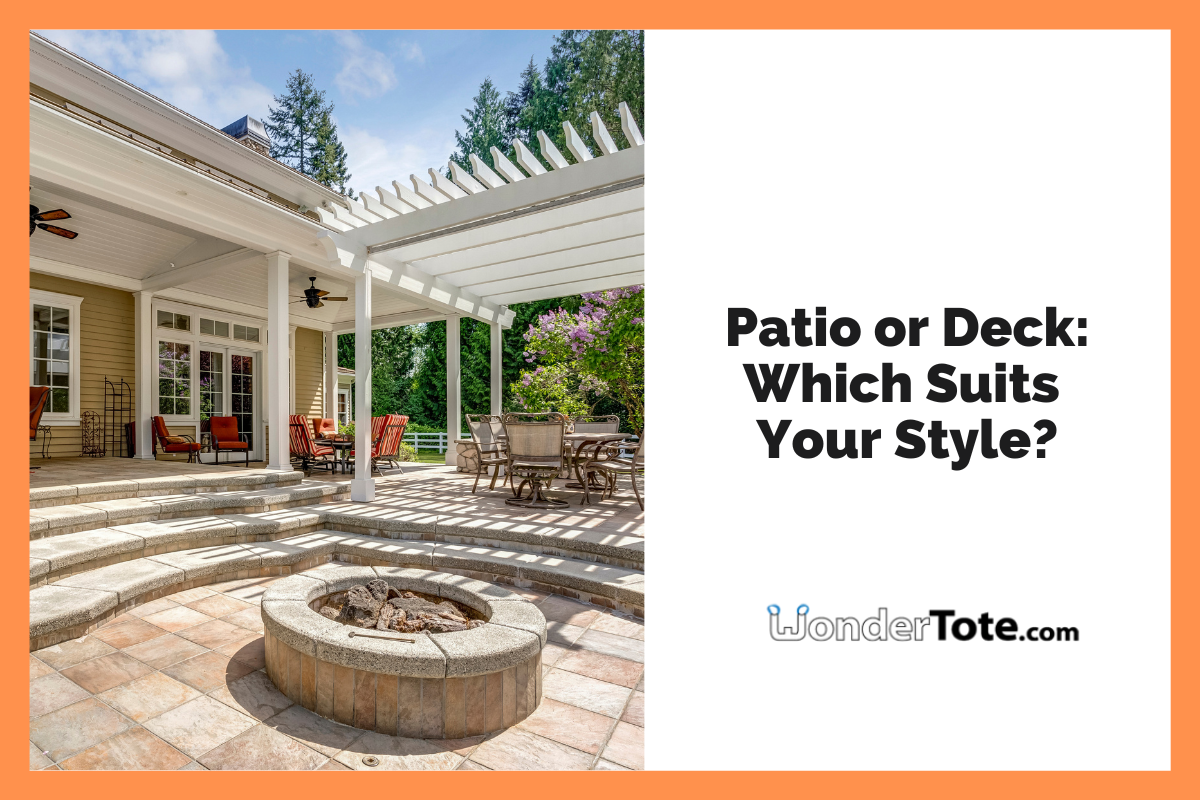Landscaping can benefit both homeowners and the environment. Using sustainable landscaping techniques, homeowners can improve their property value and lifestyle with minimal impact on the local ecosystem.
If you’re interested in becoming more sustainable, you should consider creating a more eco-friendly landscape at home. A green landscape can help improve air quality, reduce water usage, and improve your plants’ health for the best.
You can start your sustainable landscaping by yourself with some research and new garden supplies in Calgary. We decided to bring you both in one place.
Grow native plants
If you want to give your home a sustainable green look, consider using a healthy mix of native plants and flowers that require minimal care during the growing season. By focusing on native plants, you can also help protect wildlife habitats and water supplies.
Xeriscape and mulch
Xeriscapes help in conserving water because they are self-sufficient. That means no more having to water them every day. While mulching will help your plants retain their nutrients organically without fertilizers. Both of these techniques make your sustainable garden genuinely eco-friendly.
Make rock gardens
Rock gardens usually tag along with xeriscapes. You can make yours by getting decorative rock in Calgary and drought-resistant plants like cacti. While most think going green means using more plants, it also means using your landscape more mindfully while making it look appealing with low-maintenance plants and decor.
Use natural compost
A sustainable landscape should reuse its materials. Instead of throwing out autumn leaves or lawn clippings, put them into a compost bin. Compost bins allow plant waste to decompose with time and help build healthy plants when used as a natural fertilizer.
Build a water source
Water sources of any type, like fountains, ponds, and birdbaths, can be places that draw wildlife for bathing and drinking. These sites may be scarce in urban areas, but in suburban and rural areas, they’re often plentiful. Regardless of location, these spots should be clean, safe and attractive to wildlife and your plants for sustainability.
Permeable paving
Choosing hardscape materials can be an effective and affordable way to prevent your rainwater from running off into local waterways. You can use permeable paving around your garden to ensure the water stays where it should. These hardscapes allow water to seep through the soil and keep it moist for your plants naturally.
No pesticides!
The use of pesticides in landscapes affects not the damaging insects but also beneficial insects such as bees and butterflies, which we rely upon for pollination. There are also more health concerns about using pesticides in your garden for other wildlife and yourself. If you find pests in your plant, you should try alternative treatments.
Identify problem plants
When selecting plants, you must also consider what types of diseases and pests they might be prone to and whether they are invasive. You should also check the soil type before you get a soil delivery in Calgary because plant growth also depends on the soil quality.
Try a tree
Trees create micro-environments, reducing temperature and increasing moisture in the atmosphere. A tree on the south side of the building will provide shade in the summer, allowing sunlight to pass through and heat the structure’s interior during the cold months.
Sustainable Landscaping in Calgary
Try one of these ideas in your garden and see how it works for you. Sustainable gardening is also a matter of climate and space, so make sure you give your plants enough room to grow and let nature take its course!

